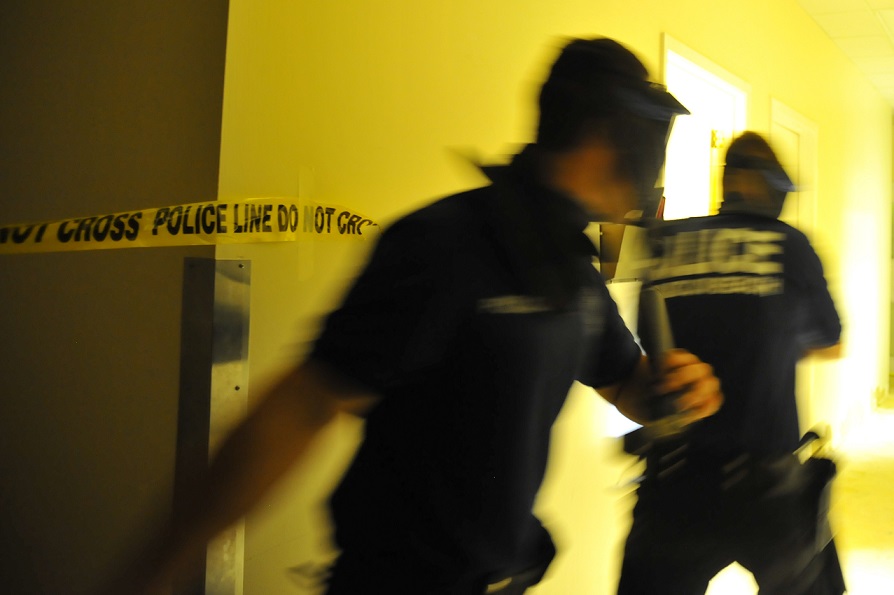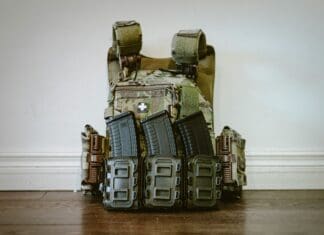
This post is also available in:
 עברית (Hebrew)
עברית (Hebrew)
Real-time information in an emergency could help responders more quickly determine the location of people and the type and severity of the emergency, monitor on-scene conditions and find victims.
According to data from the nonprofit Gun Violence Archive (GVA), which tracks every mass shooting in the United States, there have been 381 mass shootings to date in 2019. Of these, 29 were classed as mass murders.
One of the solutions could be in-building sensors supplying first responders with real time information. Hundreds of first responders, researchers and technology companies took part in an exercise aimed to demonstrate how smart building technologies, such as Wi-Fi detectors, blue force tracking, LiDAR occupancy detectors, particulate and environmental sensors and 2D/3D visualization tools, can inform daily operations and improve public safety and response effectiveness in emergency situations.
The US Department of Homeland Security (DHS) Science and Technology Directorate (S&T) ran the live active shooter exercise at George Mason University’s (GMU) 10,000-seat Eagle Bank Arena. The data from these tools was pulled together into an integrated sensor platform to facilitate analytics and automated alerts.
One of the participants was the Smart City Internet of Things Innovation (SCITI) Labs initiative, a collaboration between the Center for Innovative Technology, TechNexus and Smart City Works which is focused on applying new and existing technologies to public safety and national security needs through public-private collaboration.
The next challenge is scaling the solutions into mainstream critical infrastructure to give universities and schools the tools to prepare for and respond to incidents, both natural and ‘man-made’.
The SCITI Labs team, along with industry partners, will continue to develop the tools and drive towards adoption, according to smartcitiesworld.net.
























